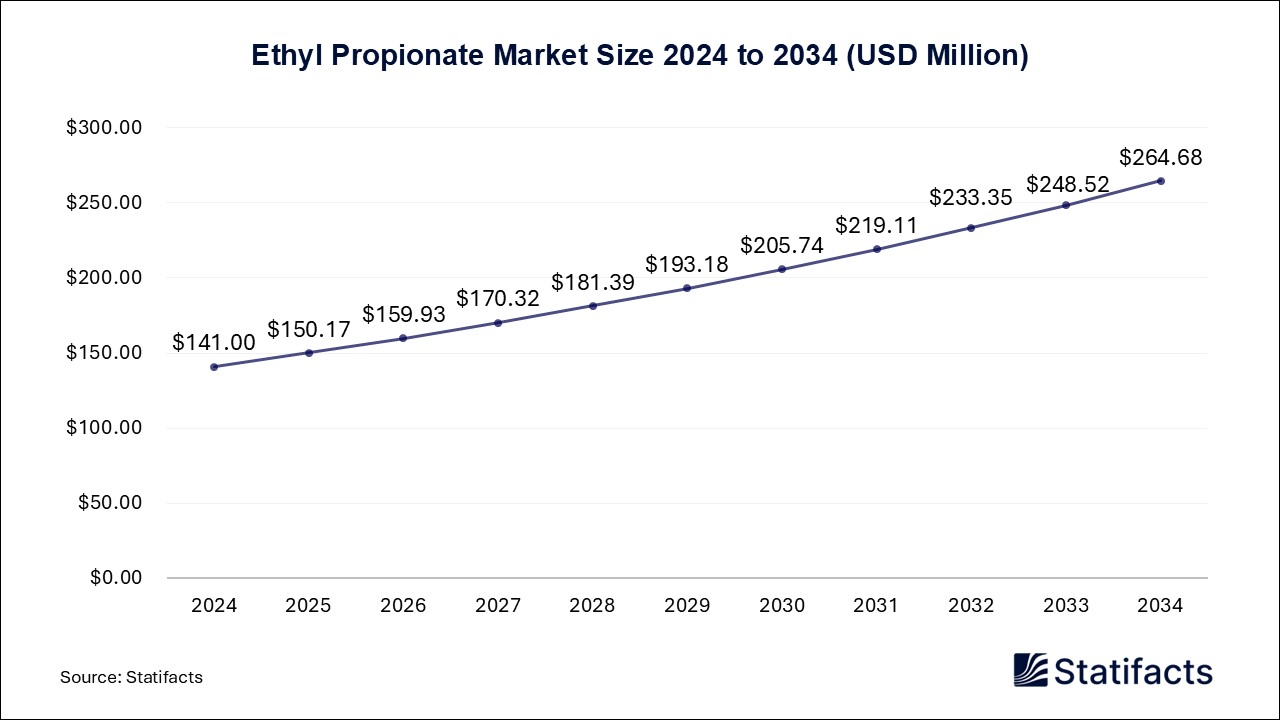Last Updated: 27 Jun 2025
Source: Statifacts
By clicking “Accept All Cookies” you agree to the storing of cookies on your device to enhance site navigation, analyze site usage, and assist in our marketing efforts.
Privacy PolicyThe global U.S. CRISPR-based gene editing market size surpassed USD 941 million in 2024 and is predicted to reach around USD 2,951 million by 2034, registering a CAGR of 12.1% from 2025 to 2034.
| Industry Worth | Details |
| Market Size in 2025 | USD 1,035 Million |
| Market Size by 2034 | USD 2,951 Million |
| Market Growth Rate from 2025 to 2034 | CAGR of 12.1% |
The U.S. CRISPR-based gene editing market deals with the development of CRISPR-Cas9 technology and its various applications in biotechnology. CRISPR-Cas9 is a breakthrough in gene editing technology, promoting precise and efficient alterations to the DNA of living cells. This innovative tool finds numerous applications across multiple domains, including gene therapy, biomedical research, industrial biotechnology, agriculture, and human reproduction. Within the domain of biomedical research, CRISPR-Cas9 is instrumental in the making of animal models for human disorders. In the context of gene therapy, it permits the correction or insertion of genes in individuals with genetic disorders.
Published by Kesiya Chacko
Last Updated: 27 Jun 2025
Source: Statifacts
Last Updated: 27 Jun 2025
Source: Statifacts
| Subsegment | 2024 | 2025 | 2026 | 2027 | 2028 | 2029 | 2030 | 2031 | 2032 | 2033 | 2034 |
|---|---|---|---|---|---|---|---|---|---|---|---|
| Academic and Research Institutes | 228.09 | 247.32 | 269.29 | 294.43 | 323.23 | 356.31 | 394.36 | 438.23 | 488.94 | 547.67 | 601.98 |
| Biotechnology and Pharmaceutical Companies | 372.40 | 411.69 | 457.11 | 509.74 | 570.90 | 642.14 | 725.36 | 822.86 | 937.41 | 1,072.41 | 1,230.51 |
| Agricultural and Livestock Industry | 177.22 | 197.48 | 220.98 | 248.32 | 280.20 | 317.51 | 361.27 | 412.77 | 473.55 | 545.51 | 634.44 |
| Hospitals and Clinics | 91.16 | 100.21 | 110.63 | 122.68 | 136.62 | 152.82 | 171.66 | 193.65 | 219.39 | 249.61 | 283.28 |
| Contract Research Organizations (CROs) | 71.72 | 78.13 | 85.48 | 93.91 | 103.62 | 114.81 | 127.74 | 142.73 | 160.13 | 180.39 | 200.66 |
Last Updated: 27 Jun 2025
Source: Statifacts
| Subsegment | 2024 | 2025 | 2026 | 2027 | 2028 | 2029 | 2030 | 2031 | 2032 | 2033 | 2034 |
|---|---|---|---|---|---|---|---|---|---|---|---|
| Academic and Research Institutes | 228.09 | 247.32 | 269.29 | 294.43 | 323.23 | 356.31 | 394.36 | 438.23 | 488.94 | 547.67 | 601.98 |
| Biotechnology and Pharmaceutical Companies | 372.40 | 411.69 | 457.11 | 509.74 | 570.90 | 642.14 | 725.36 | 822.86 | 937.41 | 1,072.41 | 1,230.51 |
| Agricultural and Livestock Industry | 177.22 | 197.48 | 220.98 | 248.32 | 280.20 | 317.51 | 361.27 | 412.77 | 473.55 | 545.51 | 634.44 |
| Hospitals and Clinics | 91.16 | 100.21 | 110.63 | 122.68 | 136.62 | 152.82 | 171.66 | 193.65 | 219.39 | 249.61 | 283.28 |
| Contract Research Organizations (CROs) | 71.72 | 78.13 | 85.48 | 93.91 | 103.62 | 114.81 | 127.74 | 142.73 | 160.13 | 180.39 | 200.66 |
CRISPR permits scientists to make animal and cell models of human disorders by aiding in the study of disease mechanisms, introducing specific gene mutations, and the advancement of potential therapies. CRISPR is being utilized to generate new cancer therapies by aiming at modifying cancer immune cells or causing genes to improve their ability to fight cancer.
The major driving force for the CRISPR-based gene editing market in the U.S. is the growing need for gene and cell therapies, mainly for treating cancer, genetic disorders, and infectious diseases. This is thus boosted by developments in CRISPR technology, growing government and private investments, and the potency for personalized and regenerative medicine.
To get full access to our Market Insights, you need a Professional Account or a Business Suite.

You will receive an email from our Business Development Manager. Please be sure to check your SPAM/JUNK folder too.

You will receive an email from our Business Development Manager. Please be sure to check your SPAM/JUNK folder too.

Our customers work more efficiently and benefit from


